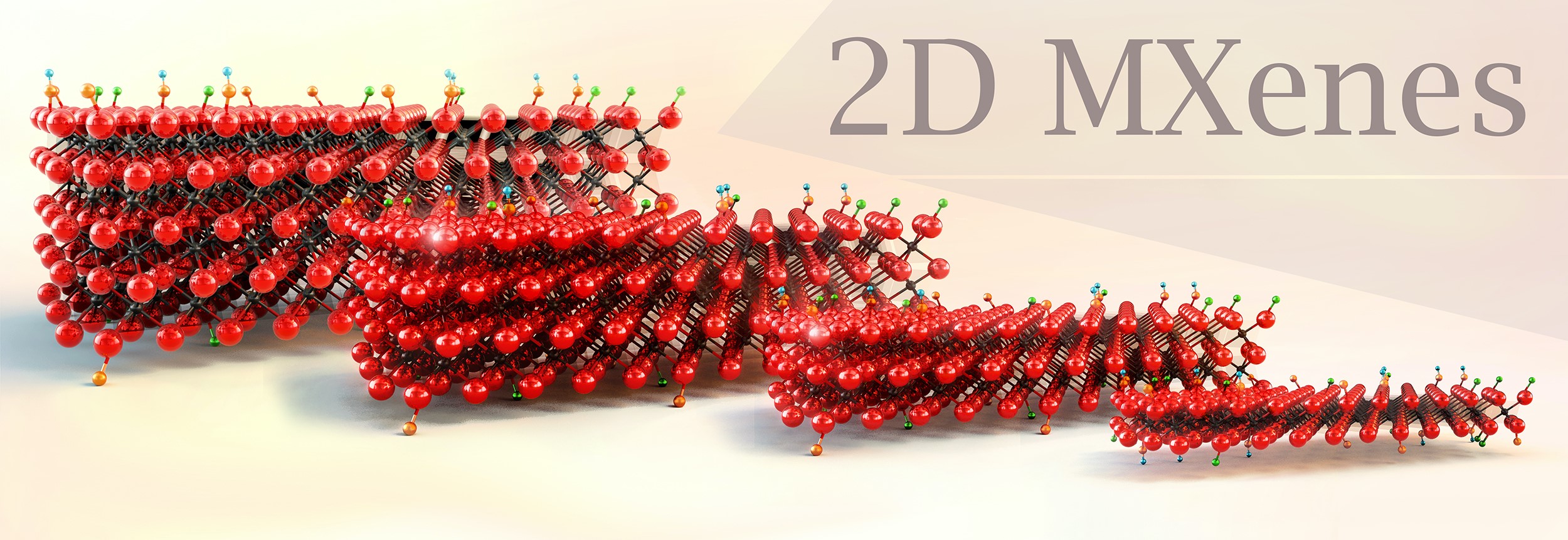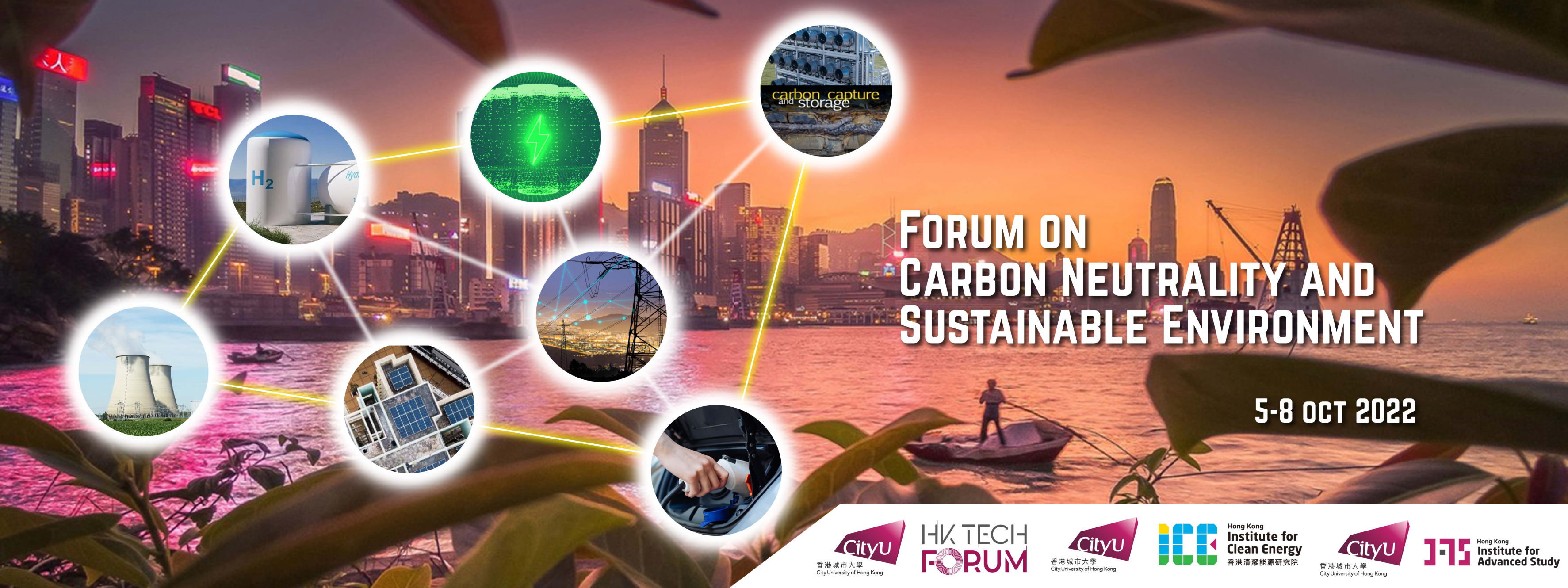Keynote Speaker
Biography
Yury Gogotsi is Distinguished University Professor and Charles T. and Ruth M. Bach Professor of Materials Science and Engineering at Drexel University. He also serves as Director of the A.J. Drexel Nanomaterials Institute. His research group works on 2D carbides and nitrides (MXenes), nanostructured carbons, and other nanomaterials for energy, environmental and biomedical applications. His key contributions to materials science include discovery of MXenes and development of a family of carbide-derived carbons with tunable structure and porosity. He also made principal contributions to development of materials for electrochemical capacitors. His published about 800 papers, which have been cited more than 180 000 times. He is recognized as Highly Cited Researcher in Materials Science and Chemistry, and Citations Laureate by Clarivate Analytics (Web of Science). He has received numerous awards for his research including the Ceramic Prize from the World Academy of Ceramics, Materials Research Society (MRS) Medal, American Chemical Society (ACS) Award in the Chemistry of Materials, Gamow Prize, European Carbon Association Award, and S. Somiya Award from IUMRS. He has been elected a Fellow of the World Academy of Ceramics, the European Academy of Sciences, American Association for Advancement of Science, Materials Research Society, American Ceramic Society, the Electrochemical Society, Royal Society of Chemistry, and the International Society of Electrochemistry. He holds honorary doctorates from several European Universities.
Synthesis and Modification of MXenes for Sustainable Energy
Yury GOGOTSI
Keywords: MXene, synthesis, energy storage, supercapacitor, battery
Abstract
We live in the materials word. Materials defined the progress of humanity, as people moved from Stone Age to Bronze Age and then to Iron Age. Receiving access to new materials enabled new tools and technologies. We entered the Silicon Age more that half-a-century ago and, as a result, electronic and computer technologies greatly accelerated the technical progress, changing our life. What is next? Probably the Nanomaterials Age. The era of assembly of new materials, structures and devices from nanoscale building blocks providing any imaginable, but impossible in conventional materials, combinations of properties and functions. Assembly from nanoparticles will allow integration of electronics, energy harvesting and storage, creating self-powered internet of things and wearable internet. It may also minimize the waste during product manufacturing. 2D materials, like graphene, dozens of which are available nowadays and thousands more expected soon, provide very attractive building blocks, because they can easily assemble and self-assemble into dense structures, just like bricks in the wall.
There are currently many insulating and semiconducting 2D materials available, which can be used as single sheets in devices, or as building blocks. 2D transition metal carbides and nitrides (MXenes) have been expanding rapidly since their discovery at Drexel University in 2011 [1]. They added metallically conductive 2D building blocks to the available materials list. About 50 different MXenes have been synthesized, and the structure and properties of numerous other MXenes have been predicted using DFT calculations. Moreover, the availability of solid solutions on M (transition metal) and X (carbon or nitrogen) sites, control of surface terminations, and the discovery of ordered double-M MXenes offer the potential for synthesis of dozens of new materials. This presentation will describe the synthesis of MXenes, their and assembly into films and 3D structures. Their properties and applications in energy storage and electrocatalysis will be discussed [2].

Figure 1: Schematic of 4 typical MXene structures (courtesy of A. VahidMohammadi).
References
[1] A. VahidMohammadi, J. Rosen, Y. Gogotsi, The World of Two-Dimensional Carbides and Nitrides (MXenes), Science, 372, eabf1581 (2021).
[2] X. Li, Z. Huang, C. E. Shuck, G. Liang, Y. Gogotsi, C. Zhi, MXene chemistry, electrochemistry, and energy storage applications, Nature Reviews Chemistry, 6 (6), 389–404 (2022).

